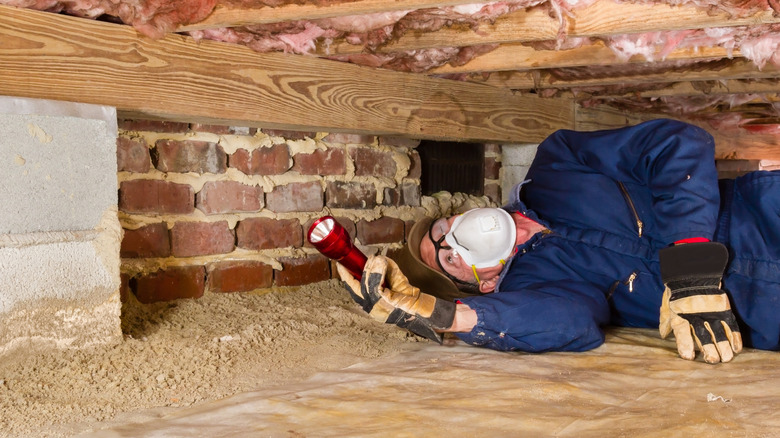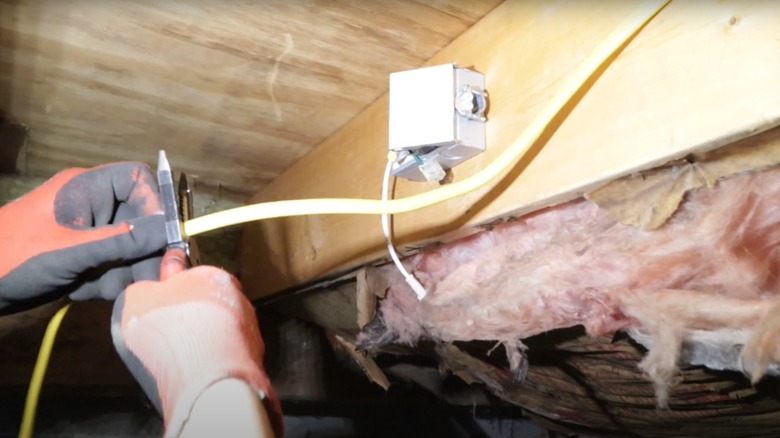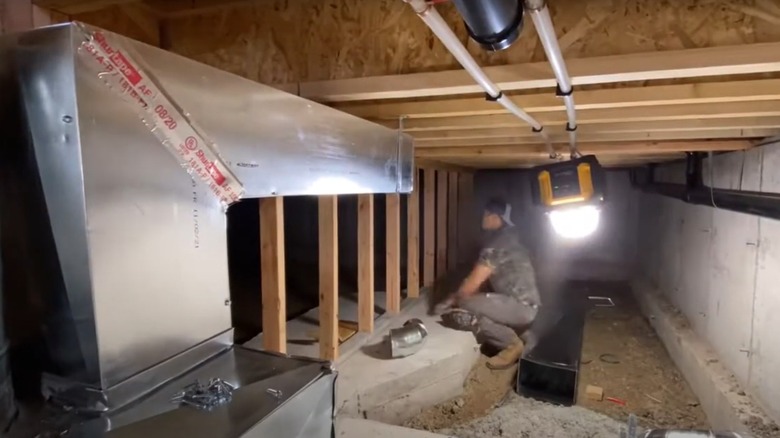What's The Best Way To Heat A Crawl Space During Winter?
If your home has a crawl space, you may understand some of the challenges it can cause for the rest of your house. A crawl space could affect your home's interior humidity and air quality, for example, because about 50% of the air in the crawl space eventually seeps into your home's living areas. During winter, if the crawl space is extremely cold, it can bring a chill to the living area, especially in the floors and walls. One way to stop cold air from seeping into your home is through heating the crawl space. Adding heat to this area underneath the home can provide benefits beyond making the living area of the home more comfortable, including preventing water pipes running through the crawl space from freezing in low temperatures. If a pipe bursts, the leaking water from the frozen pipes can damage your home.
For most people, the best — and easiest — option to heat a crawl space is adding an electric crawl space heater. (It's worth noting that even though some heaters advertise themselves as "crawl space heaters," they're really just electric space heaters.) These models are easy to use and they typically have thermostats, allowing you to control the level of heat generated. Before making your purchase, do some calculations to make sure it can adequately heat the volume of air inside the crawl space. However, even a small heater might be enough to at least keep pipes from freezing, as you don't have to increase the temperature all that much to protect your pipes.
Considerations when using an electric space heater in a crawl space
Even though a small space heater is the best way to heat a crawl space, you need to take some precautions. For starters, you'll need to have electrical outlets available in the crawl space to use this method. Avoid using the heater with extension cords, or the unit could overheat and lead to a fire. Any electrical outlets in crawl spaces must have GFCI (ground fault circuit interrupter) protection because of the possibility of the outlet coming into contact with water in the crawl space. Some people hire an electrician to add wiring for a dehumidifier and lighting if they encapsulate the crawl space. If you already have wiring, you just need outlets for the space heater. An electrician can add them for you safely.
To make the electric heater more efficient, you might want to encapsulate or seal the crawl space. Blocking colder air from entering the crawl space should reduce the electric bill for running the space heater. You also may want to insulate the crawl space before heating it, or you'll suffer heat loss and waste money when bringing in a heat source. If you add materials for insulation to the crawl space, take steps to minimize the risk of fire with an electric heater. A crawl space with a low ceiling or exposed backing paper on a roll of insulation that are too close to the heater could cause a fire.
Options for heating a crawl space when you don't have electrical power available
If you can't use the easiest and best option to heat a crawl space because you don't have electrical power available, you could place a propane heater in the area. You will need a way to vent it to prevent buildup of dangerous carbon monoxide exhaust that could seep into the house. You would have to refuel it occasionally, too. Propane is extremely flammable, so using this type of heater always carries a fire risk. However, as long as you follow the directions and use it properly, it can be safe to use in a crawl space.
Rather than using propane, a safer option to heat a crawl space without electrical outlets is to extend your home's HVAC heating system to deliver heat to the crawl space. With ductwork and vents inside the crawl space, you'll heat the area as you run the furnace in your home. Adding ductwork to the crawl space is pricey, though, carrying a cost of at least $3,000. Adding a space heater is far more cost effective.


